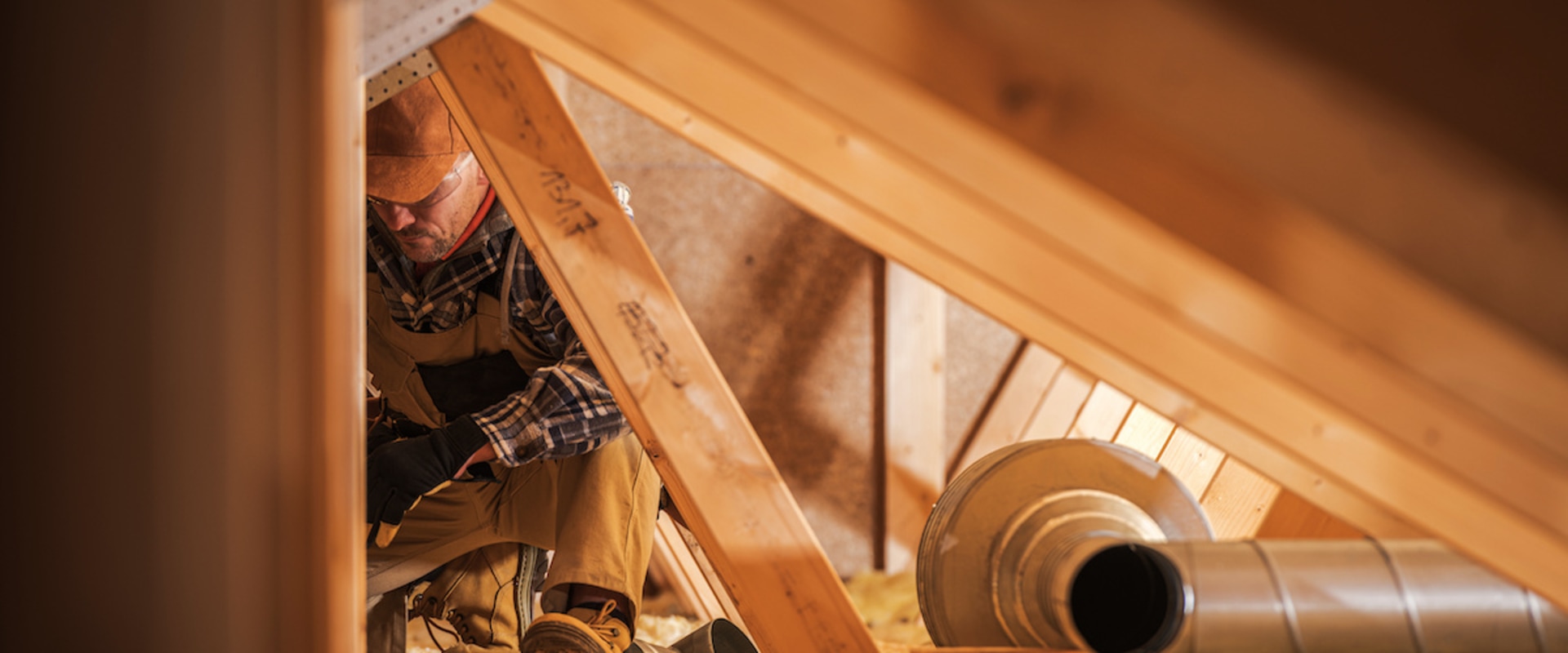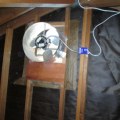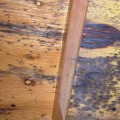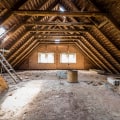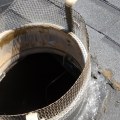It is only necessary to run the fan as long as you need to replace the attic air with the outside air. Running the fan longer than this is just a waste of electricity. This is because you are drawing air out of your attic, which is the same as the air you draw into the attic. Turn on the attic fan during daylight hours during warm summer weather.
Sunlight on the roof produces heat in the attic. Running the fan when sunlight energy hits the roof removes heat that builds up in the attic. Operating an attic fan is simple. Open multiple windows in your home; opening windows on the lowest level helps ventilate the lower and upper levels, but sometimes stairs, doors, and architectural features between floors can reduce the amount of airflow.
It is essential to open the windows before starting the fan, so as not to put pressure on the fan motor or create a dangerous countercurrent situation that can draw exhaust gases into the house from combustion appliances, such as hot water heaters. Turn on the attic fan on the switch or turn the dial until the desired time. If your fan has a dial, it will likely turn on when you turn it and you don't need to turn on a switch. Turn off the fan when finished, or allow it to turn off only if you have it configured to operate for a certain period of time.
If the attic fan has a thermostat, set it to activate when the attic space reaches a certain temperature. What is an attic fan? AT. An attic fan or electric attic fan is a fan specially designed to blow warm air out of the attic space. The fan is normally mounted on top of the roof itself, drawing the warmer air out first while drawing in cool air from strategically placed intake vents.
Will an attic fan look weird on the roof? AT. No, the fan housing is only 8″ tall and 22″ in diameter. Can only be seen from one side of the house, usually the back. How much energy does an attic fan consume? AT.
Very little, just like 2 or 3 bulbs, 250 watts. Much, much less energy than an air conditioner uses to cool the effect of warm attic air. How do you operate an attic fan? AT. An attic fan is usually automatic.
An adjustable thermostat, which is included, turns the fan on and off depending on the temperature. If you have a humidistat installed, also turn the fan on and off according to humidity. Will the attic fan draw air from inside my house? AT. No, air is taken from the outside through the attic vents.
The already cooled air inside the house is intact. When does the attic fan work? AT. We set the adjustable thermostat to turn on the attic fan at 100°F and turn it off at 90°F. If you have a humidistat, the attic fan turns on at 70% humidity.
What is a humidistat and why would I need one? AT. In certain areas, an attic can become very humid. Moisture in the attic can condense and cause attic leaks. With more than 70% humidity, the humidistat turns on the attic fan to vent moisture no matter the season.
Where is the best place to locate an attic fan in the attic? AT. The exact location of the fan doesn't matter at all. The important thing is the location of the entrance grilles. Ventilation grilles should cause as much cross-flow through the attic as possible.
What color do attic fans come in? AT. Jet Fan attic fans come in natural aluminum color. Feel free to paint the dome to match your home. Will the roof leak after installation? AT.
No, the fan has a one-piece heavy metal flash. The flashing fits under the roof tiles and is placed over the tiles below. Attic frame beams are only 15″ (or any gap) apart, will the attic fan fit? AT. A Jet Fan attic fan is installed in the ceiling and does not go into the attic.
The hole cut out for the attic fan is usually between the rafters. How much money can I expect to save? AT. The exact savings depend on the style of the house. In general, the more roof area directly under the attic a house has, the more you can save.
Savings after fan cost will be realized in any home in one or two seasons along with increased comfort. What is a whole-house fan? AT. Sometimes fans throughout the house are called fans. However, the whole-house fan is a completely different concept.
Fans throughout the house draw air through the windows of the house and blow warm air out of the house through the attic. Of course, a whole-house fan would never be used concurrently with an air conditioner. I have a fan for the whole house, do I need an attic fan? AT. We recommend this, since you do not operate the fan in the whole house during very hot days, when you just need to turn on the air conditioner and keep all the windows closed to prevent the hot summer air from entering.
Your attic will still heat up, so venting the extremely hot attic air will need to be vented. Do not use the whole-house fan, as it will blow cold air from your home into the attic. Also, you should NEVER run the whole-house fan without opening the windows to feed the need for whole-house fan airflow. Attic fans work best at night, when the outside temperature cools and air enters your warm home to cool it down.
Yes, in most cases you could benefit from an attic fan. Attic fans draw warm air out of the attic and ultimately lower the indoor temperature. Typical penthouses will reach 120-150 degrees during the summer. An attic fan can help lower that temperature by up to 50 degrees, which translates to a temperature up to 5 degrees lower inside your home.
Not only will you feel cooler inside, but your air conditioner will last longer since you won't need to cycle as much. In addition, attic fans have been proven to help extend the life of the roof as well. On sunny days, where the sun shines directly on the roof for long periods of time, your home may be more comfortable if you keep the attic fan running longer than normal. Attic Projects' team of professionals offers several attic services that increase the comfort and energy efficiency of your home.
Attic fans are easy to use as long as they are properly installed and there is easy access to the operating switch or dial. During the summer, the fan should operate at any time when the attic temperature is above the desired comfort level for indoor living quarters. After you get used to really clean air, you wouldn't think about turning on an attic fan and letting in all those irritants. Haas %26 Sons Licensed Professional Contractors Can Get Your Attic Fan Installed Quickly the Right Way.
Attic cooling fans are designed to turn on through the thermostat when your home reaches a certain temperature for hassle-free comfort. Roof-mounted attic fans are usually installed at the rear of the home and are centered on the attic, allowing the attic to draw air evenly through the structure. The negative pressure produced by the attic fan is relieved by any opening from the inside of the house to the outside, such as opening windows. The attic fan is creating a huge downdraft from the chimney and, if the water heater turns on and starts burning natural gas, it is not properly vented out of the chimney.
If you like the attic fan mainly because, like me, you enjoy a lot of air circulation in your home, Ramon recommends including a variable drive motor in your oven along with a high-efficiency air filter. Attic fans are designed and installed to turn on (via a thermometer) when the temperature in a house reaches a certain point. However, as a child, I was happily unaware of the potential problems that could arise from running an attic fan. .
.
